
 |
登入帳戶
| 訂單查詢
| |
||
| 臺灣用戶 |
| 品種:超過100萬種各類書籍/音像和精品,正品正價,放心網購,悭钱省心 | 服務:香港/台灣/澳門/海外 | 送貨:速遞/郵局/服務站 |
|
新書上架:簡體書
繁體書
七月出版:大陸書
台灣書 |
|
|
||||
|
新書推薦: 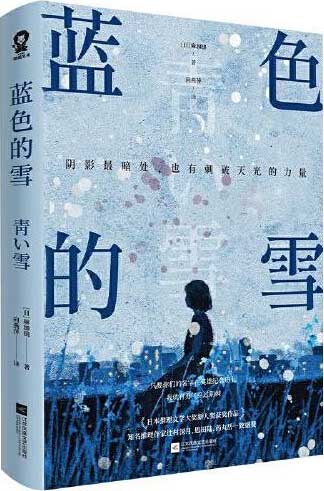 《 蓝色的雪 》 售價:HK$ 51.8 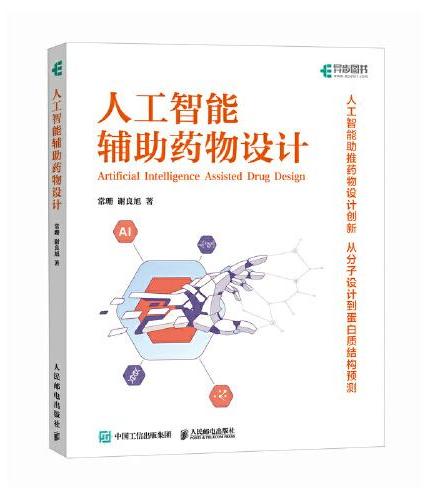 《 人工智能辅助药物设计 》 售價:HK$ 126.3 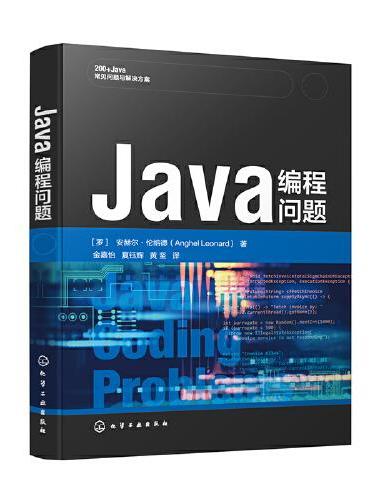 《 Java编程问题 》 售價:HK$ 171.4 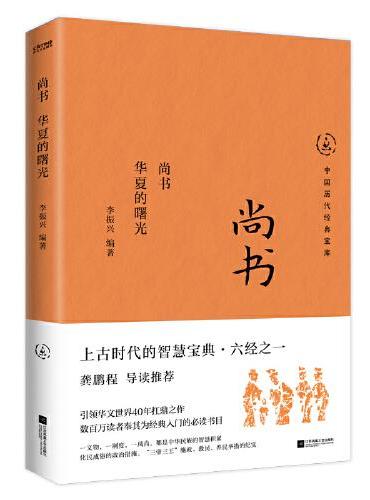 《 尚书:华夏的曙光 》 售價:HK$ 66.7 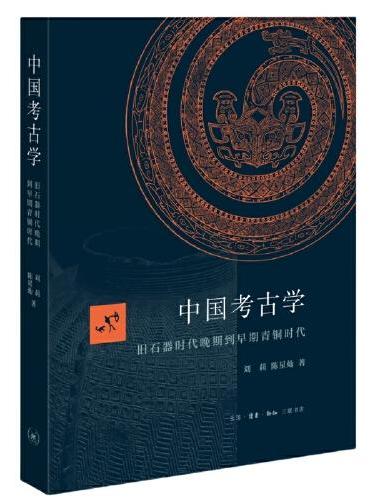 《 中国考古学:旧石器时代晚期到早期青铜时代 》 售價:HK$ 101.2 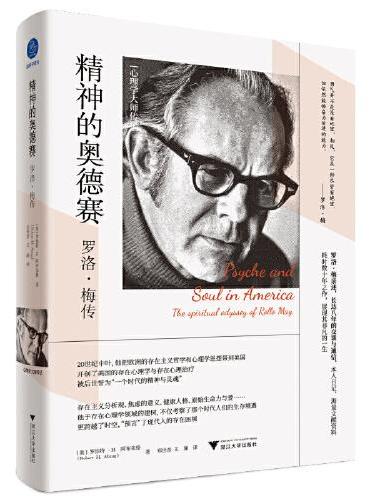 《 精神的奥德赛:罗洛·梅传 》 售價:HK$ 98.9 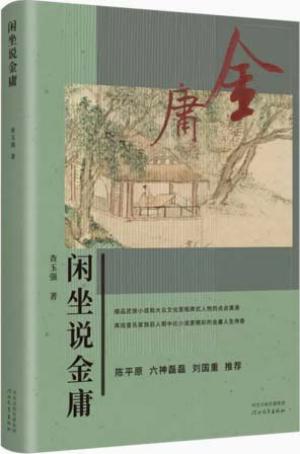 《 闲坐说金庸:揭秘比小说更精彩的金庸人生传奇 》 售價:HK$ 74.8 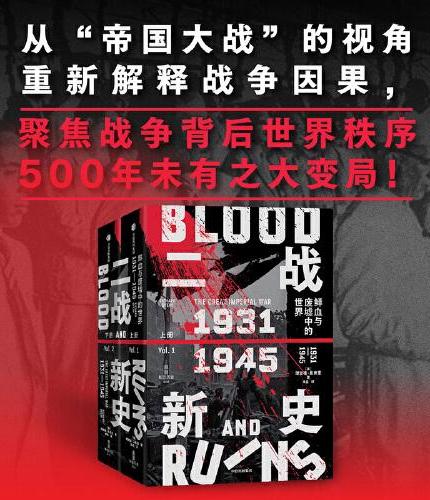 《 二战新史:鲜血与废墟中的世界,1931——1945 》 售價:HK$ 216.2
|
|
| 書城介紹 | 合作申請 | 索要書目 | 新手入門 | 聯絡方式 | 幫助中心 | 找書說明 | 送貨方式 | 付款方式 | 香港用户 | 台灣用户 | 大陸用户 | 海外用户 |
| megBook.com.hk | |
| Copyright © 2013 - 2024 (香港)大書城有限公司 All Rights Reserved. | |